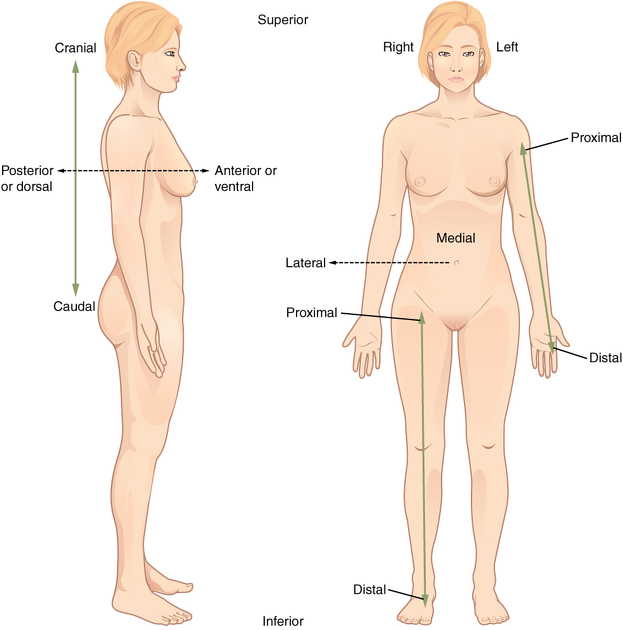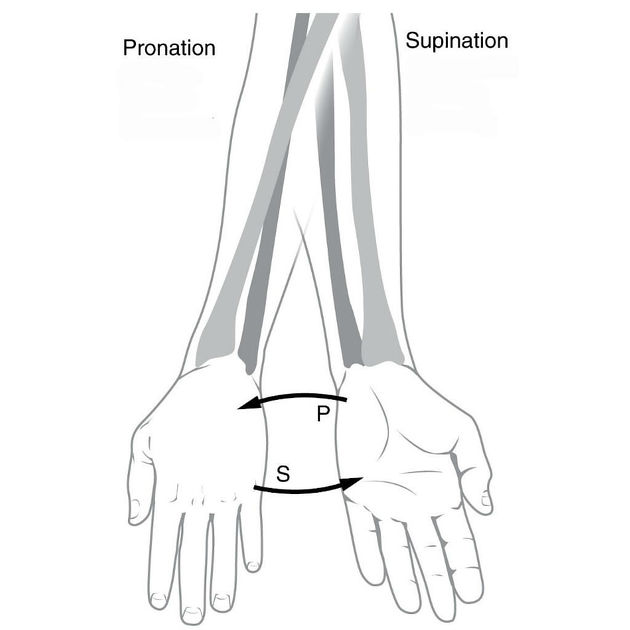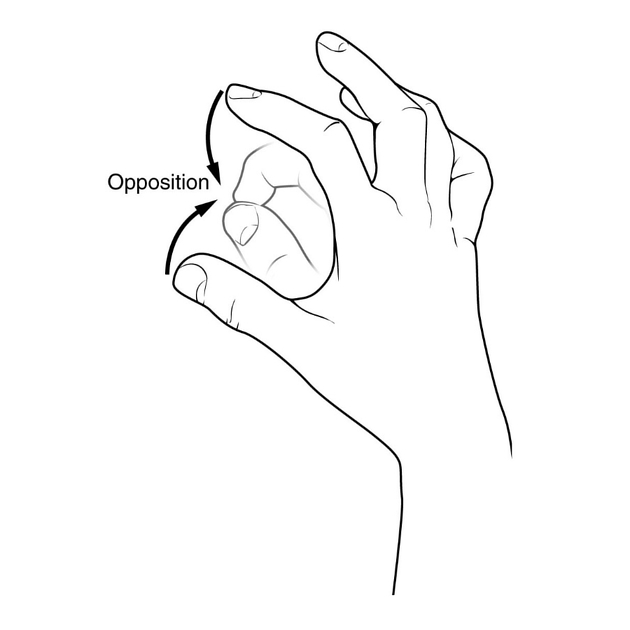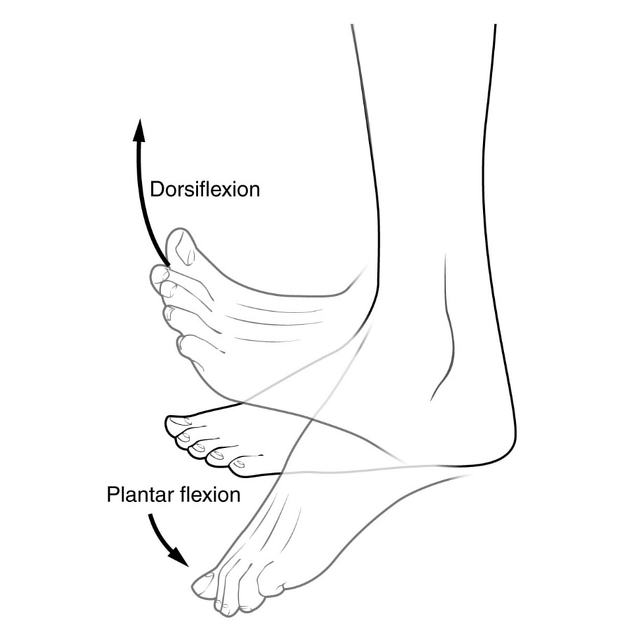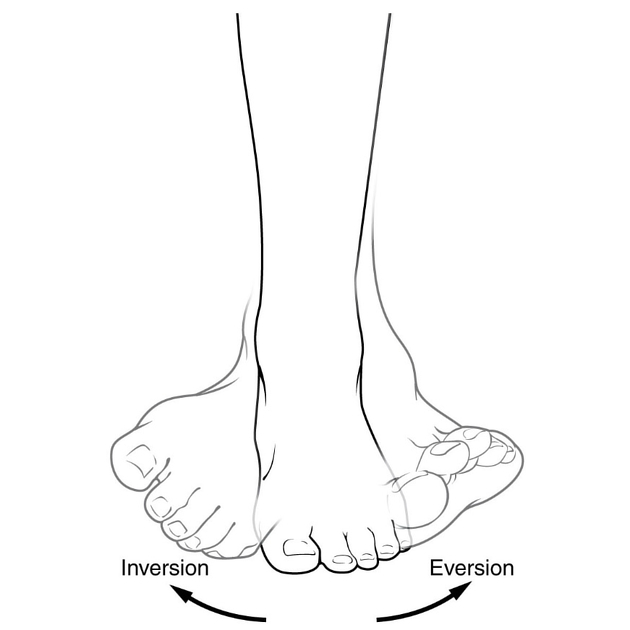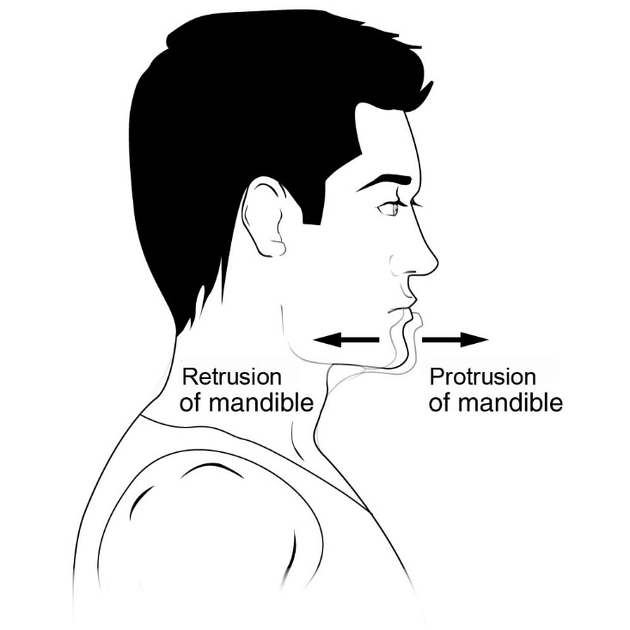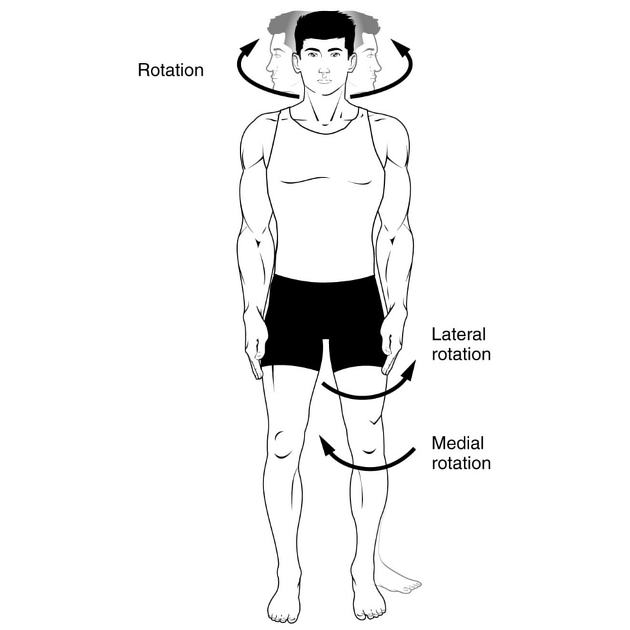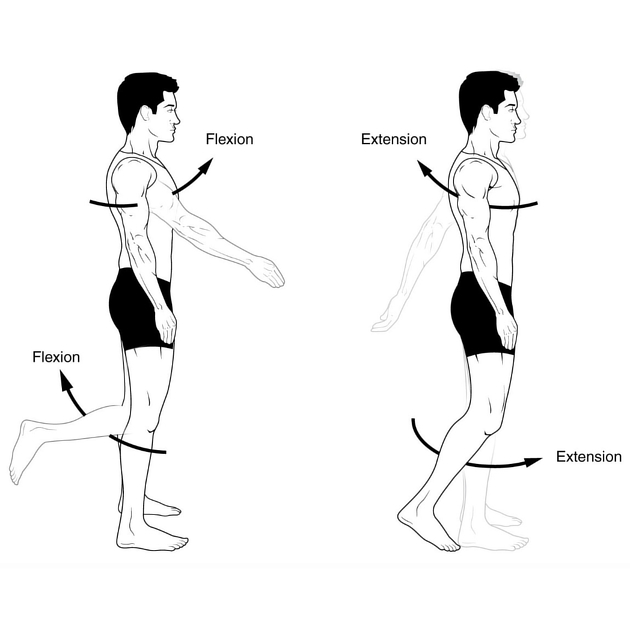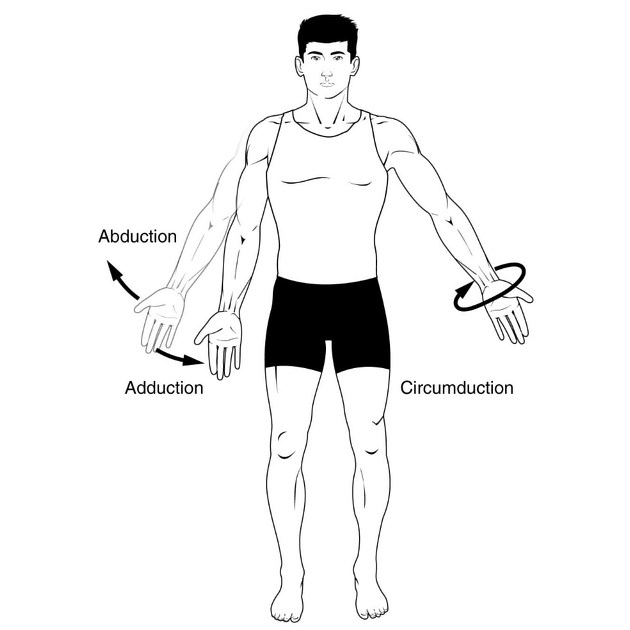The anatomical position, also known as standard anatomical position, is the consistent position of the human body in which positional reference is made for anatomical nomenclature. It is not reliant on whether the patient is standing, supine, prone, sitting, etc.
The position is defined as if the body is standing erect (hips and knees extended), head facing forward, eyes open and looking directly forwards and mouth closed. The arms are by the sides (shoulders adducted), the palms are facing forward (elbows extended and wrists supinated), and the feet parallel and together. In this position, the radius and ulna are parallel. Interestingly, due to the effect of gravity, the anatomical location of viscera is described when the patient is supine (e.g. surface anatomy of the liver).
The penis is described with the flaccid phallus against the anterior abdominal wall, the dorsal surface contacts the abdominal wall and the ventral surface faces anteriorly.
On this page:
Anatomical planes
The anatomical planes are expressed in relation to the anatomical position when standing. The three standards (orthogonal) planes are perpendicular to each other and are:
the axial plane (transverse or transaxial plane): horizontal plane perpendicular to the long axis of the body
the sagittal plane: vertical plane parallel to the median plane (or midsagittal plane which divides the body into two halves); derives its name from the cranial sagittal suture
the coronal plane: vertical plane perpendicular to the median plane; derives its name from the cranial coronal suture
Anatomical relations
Anatomical description (adjectives) in regards to relationships are referenced to the anatomical position, in that:
anterior: towards the front of the body (Latin: before)
posterior: towards the back of the body (Latin: after)
superior: towards the top of the body (Latin: above)
inferior: towards the bottom of the body (Latin: below)
-
medial: towards the midline (Latin: middle)
compared with median which is in the midline rather than towards the midline
lateral: away from the midline (Latin: side)
proximal: towards the center of the body (Latin: near)
distal: away from the center of the body (Latin: far)
superficial: towards the surface of the body
deep: away from the surface of the body
Other older or traditional terms are still in use today, some of which are particularly relevant in embryology and include:
dorsal: superior or posterior, can be used in structures that protrude away from the body (such as the tongue, penis, nose, hand and foot); an embryological term that describes a structure's position during development which may be altered from the end position after development
ventral: anterior
caudal: towards the tail (feet); an embryological term derived from vertebrates with tails
cephalad: towards the head (a.k.a. craniad)
rostral: anterior; used in brain development
volar, palmar: anterior, used in relation to the hand
plantar: sole of the foot
radial: radial aspect of the forearm
ulnar: ulnar aspect of the forearm
tibial: tibial aspect of the anatomical leg
fibular: fibular aspect of the anatomical leg
internal: medial aspect of the body (e.g. internal carotid artery)
external: lateral aspect of the body (e.g. external carotid artery)
Dental anatomy
mesial: surface of a tooth facing towards the anterior midline
distal: surface of a tooth facing away from the anterior midline
buccal: surface of a tooth facing the lip or cheek
palatal: surface of a maxillary tooth facing the hard palate
lingual: surface of a mandibular tooth facing the tongue
Laterality
unilateral: one side of the body
bilateral: both sides of the body
ipsilateral: on the same side of the body
contralateral: on the opposite side of the body
left and right are used to differentiate between paired body parts
Movement
Movement of parts of the body is described in relation to the anatomical position. They occur in opposing pairs and include:
flexion: decrease in the angle of the joint
extension: increase in the angle of the joint
abduction: movement of limb away from midline
adduction: movement of limb towards the midline
pronation: movement of hand and forearm to bring the palm facing posterior
supination: movement of hand and forearm to bring the palm facing anterior
circumduction: circular movement of a joint using a combination of flexion, abduction, extension, and adduction such that the distal limb describes a circle
medial/internal rotation: rotational motion of a limb medially
lateral/external rotation: rotational motion of a limb laterally
ulnar deviation: medial movement of the wrist towards the midline
radial deviation: lateral movement of the wrist away from the midline
opposition: thumb brought to oppose another digit
reposition: thumb repositioned back to the anatomical position
elevation: movement of the scapula superiorly
depression: movement of the scapula inferiorly
-
version: degree of forward/backward tilt (anteversion and retroversion, respectively); used with the following anatomical structures:
-
tilt of the uterus
in around 75% of women, the uterus is anteverted (i.e. tilted forward)
in the remaining 25%, it is retroverted (i.e. tilted backward)
-
the difference (in angles) between femoral neck axis and transcondylar axis of knee
regarding the femoral neck, the terms anteversion and retroversion are used for describing pathological tilt, usually of developmental etiology
-
eversion: movement of the sole of the foot away from the median plane
inversion: movement of the sole of the foot towards the median plane
protrusion: movement of the mandible, lips or tongue anteriorly
retraction: (retrusion) movement of the mandible, lips or tongue posteriorly
Anatomical terminology
The Terminologia Anatomica is the global standard for correct gross anatomical nomenclature 3.

